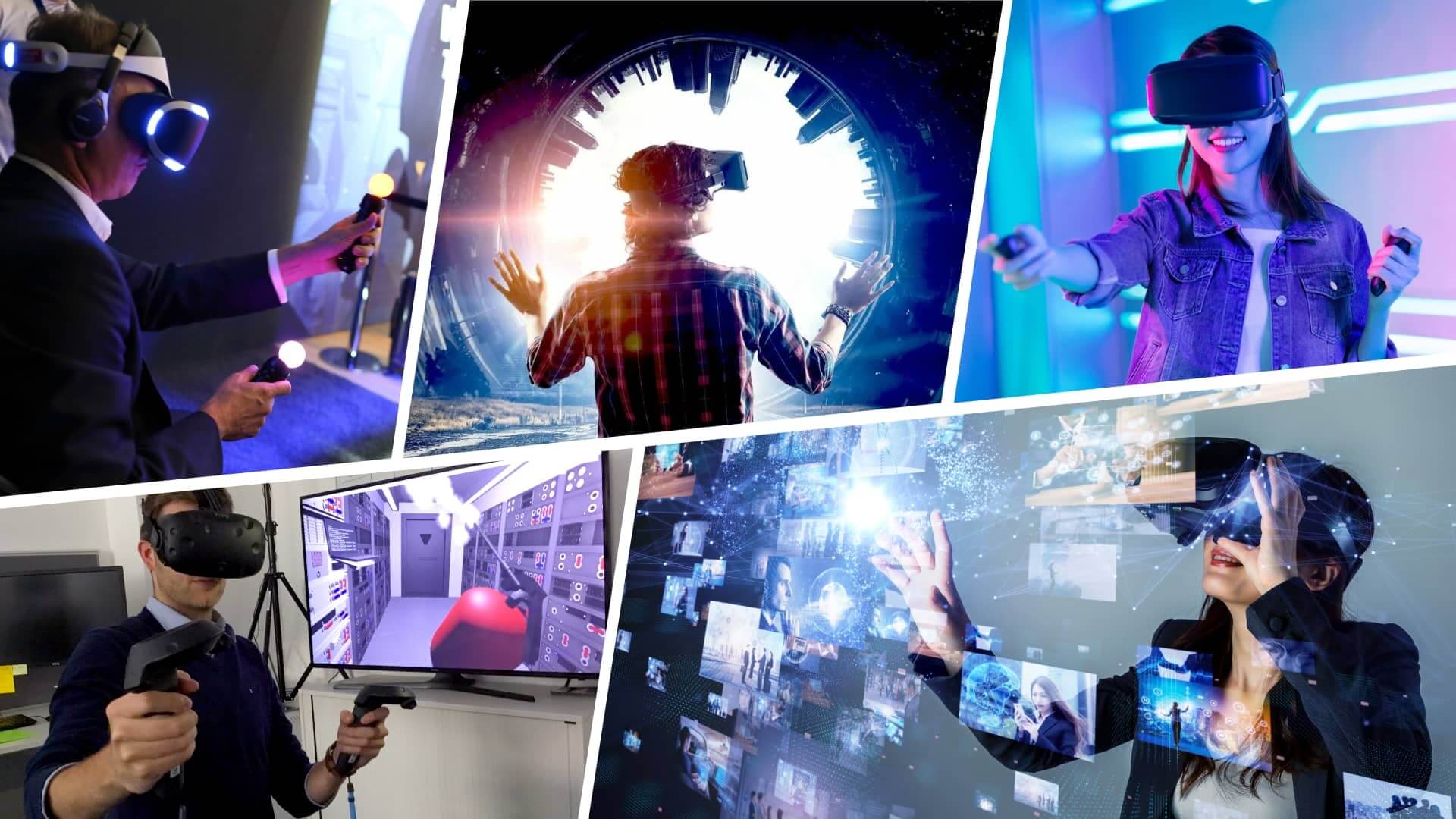News Blast
Your daily source for the latest news and insights.
Reality Check: What Virtual Reality Is Really About
Discover the truth behind virtual reality—beyond the hype, what does it really mean for our future? Dive in now!
The Science Behind Virtual Reality: Understanding the Technology
Virtual Reality (VR) is a cutting-edge technology that immerses users in a simulated environment, creating an experience that feels strikingly real. At its core, VR relies on advanced hardware and software systems, including headsets, sensors, and graphics engines. The headsets are equipped with technology such as gyroscopes and accelerometers to track the user's head movements, allowing for a responsive and interactive experience. Additionally, VR utilizes specialized displays that deliver high-resolution visuals and a wide field of view, crucial for creating a convincing sense of depth. This multi-sensory experience is enhanced by spatial audio systems that provide realistic soundscapes, making users feel as though they are truly present in the virtual world.
The science behind VR also encompasses various fields such as computer graphics, optics, and human psychology. For instance, rendering scenes in real-time requires powerful graphics processing units (GPUs) that can deliver high frame rates to prevent motion sickness, which is a common issue in virtual environments. Moreover, human factors play a significant role in VR design to ensure that interactions are intuitive and engaging. Understanding how users perceive and interact with 3D spaces is crucial for developing applications that are not only entertaining but also effective in settings such as education and training. As the technology continues to evolve, the integration of artificial intelligence and machine learning is set to further enhance the realism and interactivity of virtual experiences.

How Virtual Reality is Transforming Industries: Beyond Gaming
The impact of virtual reality (VR) extends far beyond the realm of gaming, revolutionizing various industries in unprecedented ways. In sectors such as healthcare, VR is being utilized for training medical professionals, surgical simulations, and even pain management therapies. By immersing trainees in realistic scenarios without real-world consequences, healthcare providers can enhance their skills and confidence, leading to better patient outcomes. Furthermore, in industries like real estate and architecture, VR allows clients to experience properties and designs in a fully immersive environment, enabling more informed decision-making and enhancing client engagement.
Moreover, virtual reality is making waves in the field of education, where it creates engaging, interactive learning experiences that traditional methods struggle to provide. Students can visit historical sites, conduct scientific experiments, or explore the human body—all from the comfort of their classroom. Additionally, industries such as tourism are harnessing the power of VR to offer virtual tours that provide a glimpse of cultures and experiences that travelers might seek. This transformative technology is reshaping customer experiences and operational strategies across various sectors, highlighting its versatile applications well beyond gaming.
Is Virtual Reality the Future of Social Interaction?
As technology continues to evolve, virtual reality (VR) is emerging as a groundbreaking platform for social interaction. Unlike traditional social media, which often limits engagement to text and images, VR creates immersive environments where users can communicate in real time through avatars. This level of interactivity allows for more meaningful connections, enabling individuals to share experiences as if they were in the same physical space. Some experts believe that the rise of VR could drastically change the way we form relationships, attend events, and even conduct business meetings, pushing the boundaries of how we perceive and engage with social interactions.
Furthermore, VR has the potential to bridge geographical gaps and foster community among diverse groups. Imagine attending a virtual concert with friends from different parts of the world, or collaborating on a project with colleagues in an immersive workspace. As VR technology becomes more accessible, it could revolutionize how we connect with others, removing the constraints of distance and promoting inclusivity. However, while the possibilities are promising, discussions about the implications of relying heavily on virtual reality for social interaction raise important questions regarding mental health, physical presence, and the authenticity of relationships in a digitally dominated world.